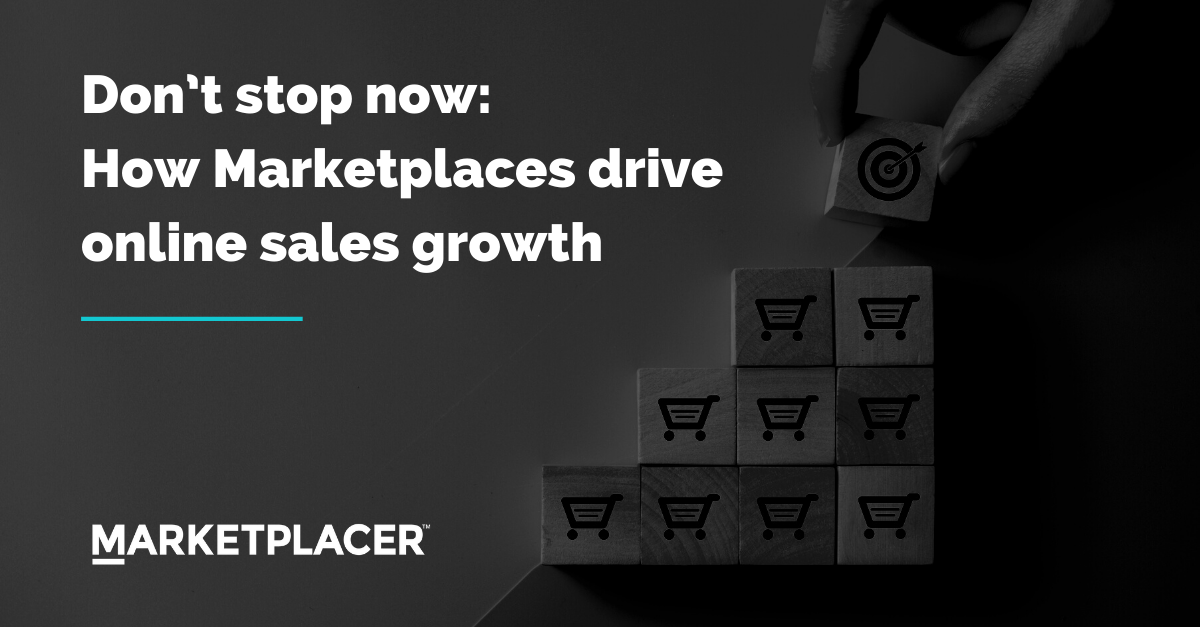\Few industries were as immediately impacted by a change in consumer behavior as online retail during 2020. In an otherwise difficult year for the Australian economy, digital sales surged as nationwide lockdowns saw consumer spending shift online. In just a few months, retail sales growth went from close to nil to astronomical levels of spending.
To paint a picture, consumers globally spent $900 billion more online in 2020 versus the prior two-year trend. Or to put it another way eCommerce made up roughly $1 out of every $5 spent on retail, globally*. This was an extraordinary level of growth. And, due to the unique circumstances driving the growth, it is widely regarded as unsustainable. A headline from news.com.au, for example, has predicted “Australia’s retail apocalypse” is coming**, claiming that it will take around six and a half years for retail sales turnover to recapture its November 2020 high**.
The challenge for retailers then is to ready and equip their businesses for a post-2020 market. Undoubtedly one of the legacies of the 2020 pandemic is that consumers have become more comfortable shopping online. But how can retailers capture this momentum? We believe that continuing the trend of long-term eCommerce gains is possible, but it will depend on what a retailer sells, and how they adapt their business model.
In this blog we share why online marketplaces are becoming a hot business model – specifically for retailers looking to continue year-on-year revenue growth.
Growing through products and category expansion
With a larger product range, retailers can both increase basket size of existing customers and attract new customers that wouldn’t ordinarily purchase core products. But product expansion is risky. By allowing the painless expansion of inventory, the marketplace model can help retailers tap into these revenue opportunities – minus the risk and exposure.
To explain, traditionally eCommerce tends to be capital-intensive due to the cost of owning, storing and moving inventory. You must build up stock, pay for warehouse storage and cover many other ancillary costs. That makes it both risky and cost intensive to add new products to your platform, effectively inhibiting your ability to quickly scale and test new products.
The marketplace model allows you to circumvent the above scenarios by leaving the responsibility of inventory with the various third-party sellers who are participating on your platform, which means you can extend your ranges at speed, and start selling new product categories in response to changing consumer trends – without ever having to invest in, and hold, product inventory.
The ability to bring products to market at speed also enables operators to introduce and experiment with new products, categories, sellers and verticals. Products and brands can be tested at no risk, while providing deeper insight into customers purchasing habits and expectations, and supporting product assortments shaped for maximum revenue opportunities.
Once bitten twice shy – the dropship dilemma
By onboarding third party sellers, Marketplace operators use drop shipping to move inventory from the sellers to the customers. Drop shipping isn’t anything new. In fact many retailers have tried to enable it on their existing websites and found the contractual obligations too complex, and the process of onboarding suppliers and sellers too laborious. It’s a strategy often abandoned. However, these problems were caused by the website mechanisms used for drop shipping, rather than the actual concept. The right marketplace foundation leapfrogs these problems. Platforms – like Marketplacer – have been purpose-built for sellers, and offer simplified seller onboarding and self-management of the products they list, the prices they sell for, and the process of shipping to the customer. Any previous issues with drop shipping melt away with a marketplace platform.
Capturing the momentum with a rapid marketplace transition
As in all things online, speed is critical. Building a marketplace solution from scratch is not only complex and requires experienced developers, it drastically slows the time-to-market. By integrating with existing – often cumbersome – eCommerce builds, Marketplace platforms don’t require the retailer to re-platform. Rather the front-end function of a site remains, along with shopping cart and user experience functionality, while the core marketplace functionality is integrated into the backend. This speeds up the time to market, allowing operators to launch the new functionality in as little as six weeks – all without disrupting core business.
The Marketplacer model presents three different implementation options. For established retailers who already have a powerful eCommerce solution, like Salesforce Commerce Cloud, the ‘Connected’ Marketplacer solution integrates to the back-end, delivering the immediate power of a marketplace offering. Learn more or schedule a demo today.
As retailers look to ride the trends and changes brought on by the disruption of 2020, Marketplaces are increasingly becoming a key strategic vehicle to increase their capacity for rapid growth by expanding their product assortment, increasing profit margins, and providing better customer experiences.
* Mastercard (2021), Mastercard Recovery Insights: E-commerce a Covid Lifeline for Retailers with Additional $900 Billion Spent Online Globally. [ONLINE]. Available here.
** News.com.au (2021), Australia’s retail apocalypse coming when pandemic spending ends [ONLINE]. Available here.





